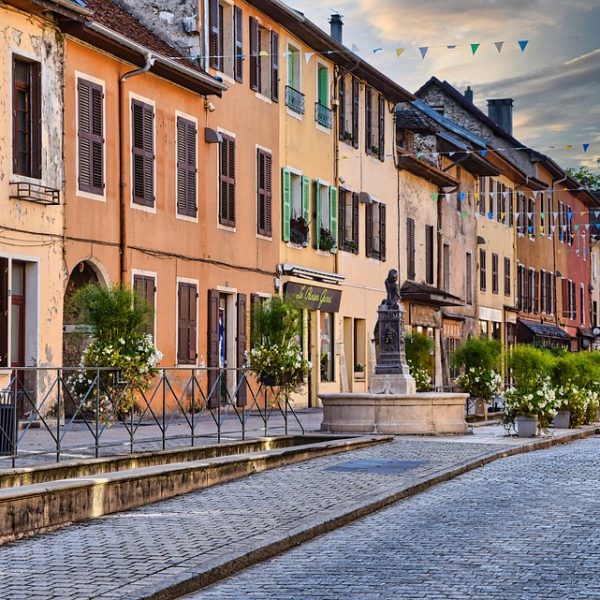
The Artistry in Stone: A Look at Cobblestone Road Construction
Cobblestone roads, with their distinctive charm and historical significance, have long captured the imagination of both locals and visitors alike.
These enduring structures are not merely functional thoroughfares but masterpieces of craftsmanship that blend seamlessly with their surroundings. Let’s take a closer look at the artistry behind cobblestone road construction.
Cobblestone roads have a rich history dating back centuries. Originally, they were handcrafted using small, rounded stones, usually granite or basalt, carefully arranged on a compacted bed of sand or gravel. This meticulous process required skilled craftsmen who meticulously sorted and placed each stone to create a smooth, durable surface. The stones were often arranged in patterns or designs, showcasing the artistry and creativity of the builders.
The construction of a cobblestone road began with the excavation of the path, followed by the preparation of a stable foundation. The sub-base, typically composed of crushed stone or gravel, was compacted to provide a solid base for the road.
Next, a layer of sand or small stones called “bedding material” was spread evenly over the sub-base. This layer acted as a cushion, allowing the cobbles to settle into place while still maintaining stability.
The selection of the cobblestones was crucial to the road’s longevity and aesthetic appeal. Craftsmen handpicked stones of appropriate size, shape, and durability to ensure a well-constructed road. These stones were carefully laid on the bedding material, with the edges interlocking to create a tightly fitted surface. The gaps between the stones were then filled with additional sand or fine gravel, known as “grout,” which further stabilized the road.
Intricate cobblestone patterns
One of the most remarkable aspects of cobblestone road construction is the intricate patterns and designs that can be achieved. Skilled craftsmen took great pride in their work, using the arrangement of the stones to create visually striking motifs.
Common patterns included herringbone, basketweave, and radial designs, which added to the road’s aesthetic appeal. These patterns not only enhanced the visual aspect but also served functional purposes, improving traction and durability.
Maintaining cobblestone roads required regular care and attention. Over time, the stones could become dislodged or wear down, requiring repairs to ensure a safe and smooth surface. The craftsmanship involved in these repairs was equally important, as new stones had to be carefully integrated into the existing pattern without disrupting its overall appearance.
In modern times, the construction of cobblestone roads has become less prevalent due to the availability of more cost-effective and efficient materials. However, the appreciation for their historical and artistic value remains. Many cities and towns around the world have preserved and restored their cobblestone streets as a testament to their cultural heritage.
Cobblestone artistry
The artistry in cobblestone road construction is a testament to human creativity, skill, and dedication. These roads not only provided practical transportation routes but also served as beautiful expressions of craftsmanship. Today, when walking along a cobblestone street, we can’t help but marvel at the enduring legacy of these stone pathways that have withstood the test of time.
Cobblestone road construction is an art form that combines functionality with aesthetic appeal. The careful selection and arrangement of stones, the intricate patterns and designs, and the ongoing maintenance all contribute to the artistry behind these enduring structures.
Preserving and appreciating cobblestone roads allows us to connect with the past, experiencing the beauty and craftsmanship that defined generations before us.
















